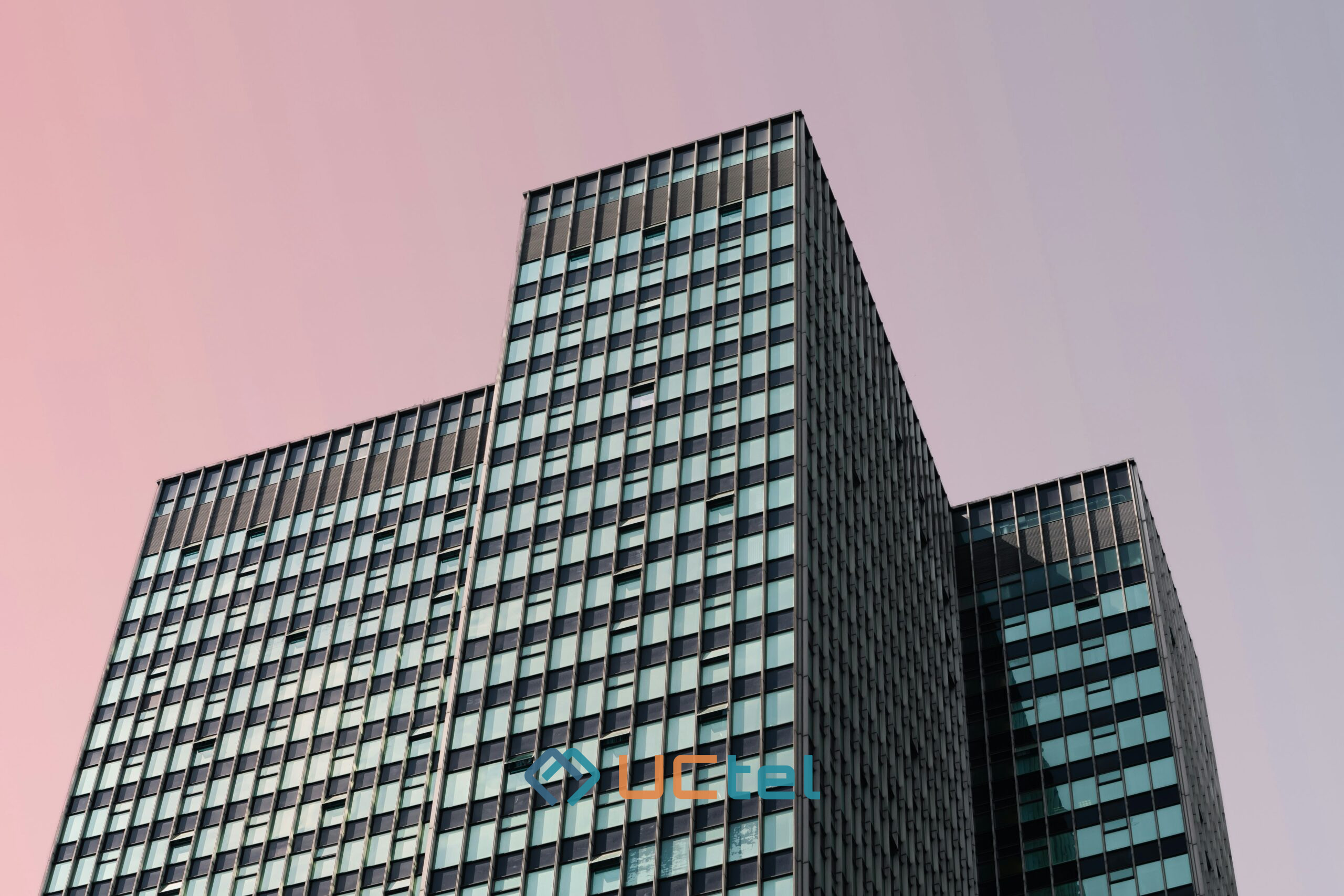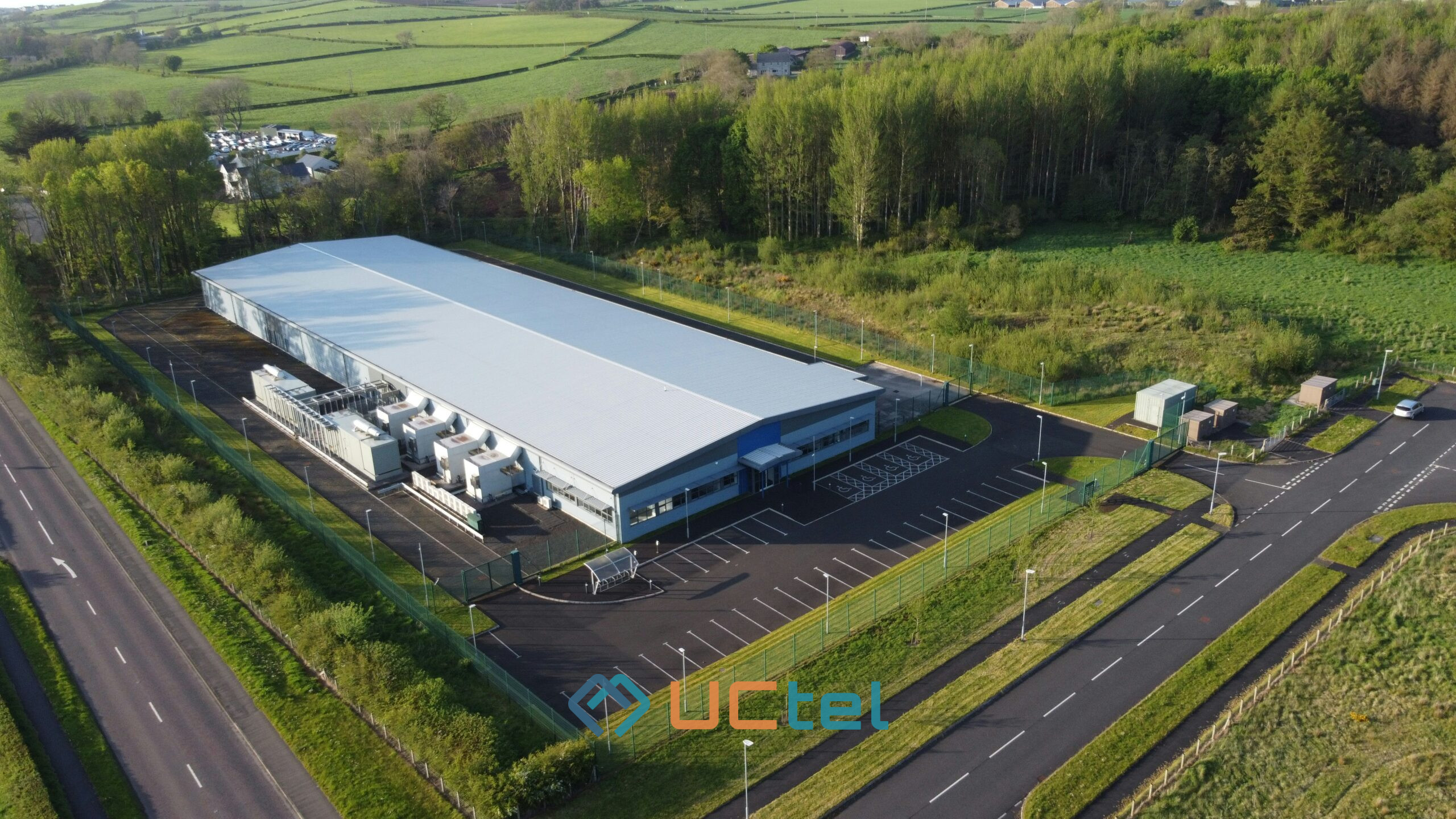What Is The ROI Of Boosting Mobile Signal In Offices?

Table of contents
- 1. Follow‑up questions
- 2. Why mobile signal strength matters for modern offices
- 3. How to measure ROI: Key metrics & methodology
- 4. Quantifying productivity gains and cost savings
- 5. Case studies: Finance, healthcare, agriculture & remote-hybrid work
- 6. Boosters vs alternatives: Cost-benefit comparison
- 7. Survey insights: Employee experience and retention
- 8. Long-term ROI: TCO & benefit projection over 3–5 years
- 9. Frequently asked questions
- 10. Conclusion / TL;DR
Updated July 2025
Strong mobile signal in offices significantly reduces dropped calls, accelerates data access, and improves productivity. Over time, investing in a compliant signal booster system can yield measurable cost savings, higher employee satisfaction, and improved client communication compared to relying on patchwork alternatives.
Follow‑up questions
Why does mobile signal strength matter so much in offices?
- Reliable signal is essential for uninterrupted communication, especially as businesses adopt hybrid work and cloud platforms.
- Weak coverage leads to dropped calls, slow data, and frustrated employees.
How can businesses measure the ROI of better mobile coverage?
- Metrics like call success rates, time saved, and IT support reduction are key indicators.
- Calculating ROI includes combining these metrics with salary costs and downtime estimates.
What are typical productivity and cost savings from improved signal?
- Studies show businesses can save 30–60 minutes per employee weekly.
- This translates to thousands of pounds in reclaimed productive time annually.
Are there examples of ROI in different industries?
- Financial firms see fewer lost deals, healthcare improves patient care coordination.
- Agriculture reduces equipment downtime—each sector has unique ROI drivers.
How do boosters compare with alternatives like Wi‑Fi calling?
- Boosters provide multi-operator, Ofcom-compliant coverage across entire buildings.
- Wi‑Fi calling and femtocells can be less reliable and harder to scale.
What impact does better signal have on employee experience?
- Strong indoor signal correlates with higher job satisfaction and reduced frustration.
- Especially in client-facing roles, it improves retention rates.
What is the long‑term return on investment?
- Over 3–5 years, a professional system delivers gains 2–5× greater than initial costs.
- Includes productivity boosts, upgrades, and reduced support needs.
Why mobile signal strength matters for modern offices
Modern offices rely heavily on robust mobile coverage for collaboration, customer communication, and access to cloud systems. Poor signal disrupts workflows, causing dropped calls and delays.
In the UK, over 70% of employees report mobile coverage issues weekly. Dense materials, basement spaces, and device density exacerbate the problem.
Industries like finance, healthcare, and corporate offices suffer tangible impacts—lost deals, care coordination delays, and overall inefficiency.
Solutions like Cel-Fi Quatra with distributed antennas offer multi-operator, Ofcom-compliant coverage, ensuring seamless connectivity throughout buildings.
How to measure ROI: Key metrics & methodology
Quantifying ROI involves tracking:
- Dropped/failed call reduction
- Time saved per employee
- Fewer IT support tickets
- Faster transaction completion
For instance, reclaiming 10 minutes per day equals over 40 hours per year—a major productivity gain.
At UCTel we includes pre/post-installation audits to benchmark improvements and validate ROI.
Quantifying productivity gains and cost savings
Better mobile signal reduces delays in communication, leading to notable productivity increases.
A 2024 UK survey found 45% of businesses lose 30+ minutes per employee weekly to signal issues. With an average wage of £18/hour, that's £702 per employee annually.
Additional savings:
- Fewer missed calls/client callbacks
- Lower IT support load
- More stable cloud access
A 100-person office could save over £70,000 annually, with cumulative savings exceeding system cost within a few years.
UCTel’s low-disruption, compliant installations accelerate time-to-benefit.
Case studies: Finance, healthcare, agriculture & remote-hybrid work
In finance, one London firm saw a 40% drop in call failures after a Cel-Fi Quatra install—client satisfaction rose 18%.
In healthcare, an NHS Trust hospital cut delays in clinical communications by 25% with a multi-operator solution.
In agriculture, boosters restored connectivity in remote sites, enabling seamless equipment monitoring.
Hybrid offices rely on mobile-first tools—consistent coverage boosts collaboration across in-office and remote staff.
Boosters vs alternatives: Cost-benefit comparison
Alternatives include Wi‑Fi calling, femtocells, and full DAS:
- Wi‑Fi calling depends on network load and can be unreliable
- Femtocells are limited in scale and network compatibility
- DAS is robust but often costly for mid-sized offices
Signal boosters are scalable, multi-operator, and Ofcom-compliant. UCTel installations integrate cleanly into existing systems.
Over 5 years, booster TCO often outperforms alternatives, especially when factoring maintenance and upgrades.
Survey insights: Employee experience and retention
Signal quality influences morale and retention. A 2023 study found 62% of workers link good signal to job satisfaction.
Conversely, poor signal frustrates staff and increases turnover.
In roles like sales or support, better signal boosts call volumes and resolution rates, directly enhancing performance.
Long-term ROI: TCO & benefit projection over 3–5 years
Over time, booster investments deliver compounding returns:
- Yearly productivity savings
- Reduced IT support needs
- Higher revenue from improved operations
Example: a £35,000 system generates £70,000/year in gains, resulting in a 2–5× ROI over 3–5 years.
Regular performance checks and compliance audits ensure these gains are sustained.
Struggling with weak mobile coverage in your office?
UCTel provides Ofcom-compliant, multi-operator booster systems tailored to UK commercial spaces.
Book your free consultation and signal audit today to uncover productivity and cost benefits.
Frequently asked questions
Why does mobile signal strength impact office productivity?
- Uninterrupted signal allows smooth workflows and communication.
- Weak signal causes delays, dropped calls, and frustrated teams.
How can businesses measure the ROI of mobile signal boosters?
- By tracking call failure rates, time saved, fewer IT tickets, and productivity improvements.
What typical productivity improvements can be expected?
- 30–60 minutes saved weekly per employee, equating to thousands annually.
How do boosters compare with alternatives like Wi‑Fi calling or DAS?
- Boosters are easier to install and manage, supporting multiple operators with regulatory compliance.
What industries benefit most from improved indoor mobile coverage?
- Finance, healthcare, agriculture, and hybrid offices benefit from enhanced communications and fewer errors.
What is the expected long-term ROI timeframe?
- ROI is typically 2–5× the initial cost over 3–5 years, from saved time and better operations.
How important is regulatory compliance?
- Ofcom compliance is essential to avoid legal and operational risks.
Who should handle installation and maintenance?
- Only certified professionals familiar with UK regulations and enterprise environments.
If your organisation struggles with weak mobile coverage, consider a professional audit to evaluate ROI potential. UCTel offers free consultations and fully compliant solutions tailored to your building.
Conclusion / TL;DR
- Poor signal lowers productivity, morale, and revenue
- Boosters can save up to £700 per employee annually
- Multi-operator systems outperform alternatives like Wi‑Fi calling
- Industries from finance to healthcare show strong ROI
- Over 3–5 years, benefits typically exceed costs by 2–5×





